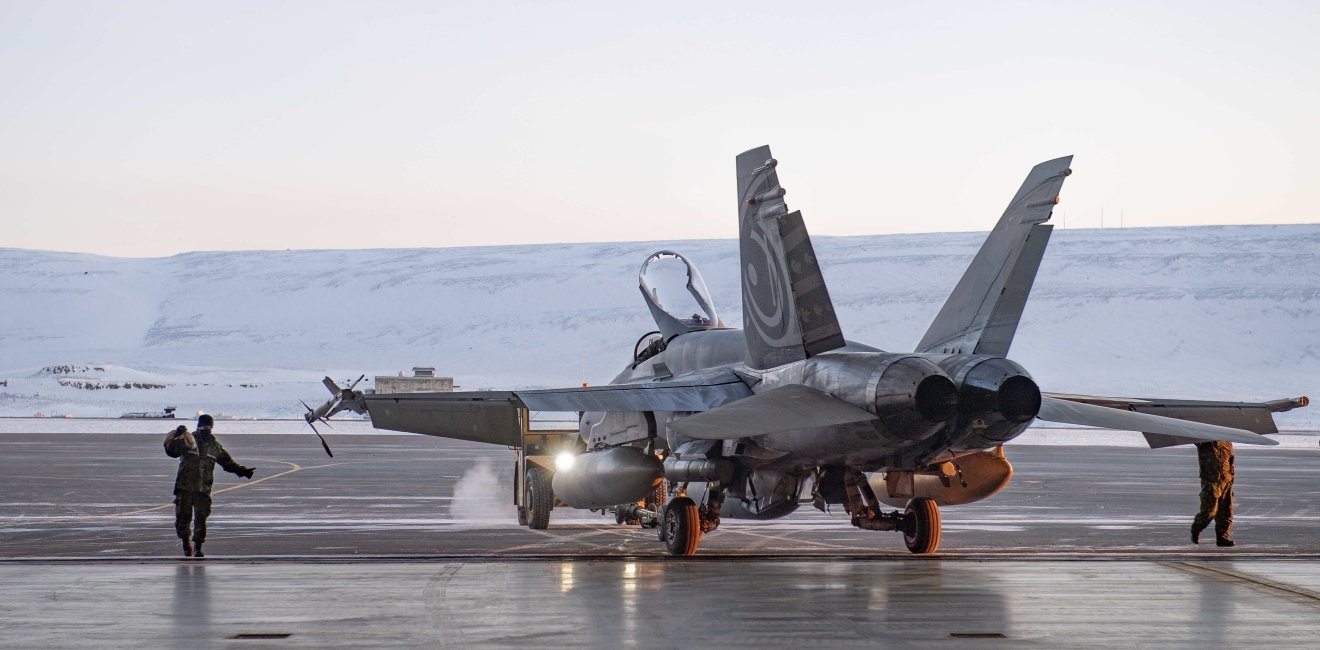The recent appearances, and subsequent downings, of aerial objects over North America have produced a spike of Google searches for “NORAD.” Perhaps this unaccustomed focus on the North America Aerospace Defense Command, which generally permeates the general consciousness only around Christmas time, will spur Canada and the United States to make some long-overdue updates to this crucial, one-of-a-kind binational command.
Both countries have been laggards when it comes to investing in North American defense. For most of the Cold War, both countries relied on the American nuclear deterrent to defend North America. In addition, both countries, and their respective defense departments, have long assumed that the defense of North America begins overseas, thereby rendering North America as a secondary, if not tertiary priority. This has generally limited major investments in continental air defense.
Both have been slow to respond as adversaries developed new weapons in recent years. Russia’s new generation of long-range cruise missiles and hypersonic weapons are largely undetectable by NORAD’s North Warning System, a series of short- and long-range radars across Alaska, the Canadian Arctic, down the east coast of Canada and the United States and Greenland.
The incidents of January and February 2023 are another reminder that radar and analysis needs to adjust and keep pace with changing air threats. The “low and/or slow” problems that are drones and these recent air objects are threats that have not always been tracked; after all, risk tolerance changes based on geopolitical conditions. Not every air object can be tracked, so threat assessments, radar aperture coverage and algorithms need to be analyzed and adjusted continually.
But this lassitude is changing, in part because recent NORAD commanders have become somewhat more outspoken. Last March 2022, for example, U.S. Air Force Gen. VanHerck told the US Armed Services Committee that: “Quite bluntly, my ability to conduct the missions assigned to USNORTHCOM and NORAD has eroded and continues to erode.”
Over the past years, several modernization projects have been agreed to jointly by Presidents Trump and Biden and PM Trudeau but so far, only the Canadian projects are outlined including two over-the-horizon radar systems for Canada, new, classified sensors, new short, medium and long range missiles, an air-to-air refueling aircraft, upgrading infrastructure in four locations in Canada Arctic and a decision to procure the F-35 to replace the aged CF-18s. On the Canadian side, this represents nearly $87 Billion (cash equivalent) over 20 years. Whether or not this money can be spent given recruitment and retention challenges and perennial procurement paralysis, remains to be seen. The US contributions are harder to discern and tease apart from USNORTHCOM commitments.
The dramatic shootdowns, which were the first of their kind over U.S. and Canadian territory, may help draw attention to the need to modernize NORAD and its defencses. But the command’s crucial work—keeping the watch and defending the two countries—goes on every day.
The day after the last shootdown, on February 14, several Russian aircraft approached the Alaskan Air Identification Zone, international airspace that acts as a notification buffer before aircraft cross into national airspace. Canadians and Americans tracked and assessed the Russian aircraft which were escorted from the AADIZ by NORAD jets. That was a typical day for NORAD. The next day, it conducted planned live exercises over the United States and Canada.









